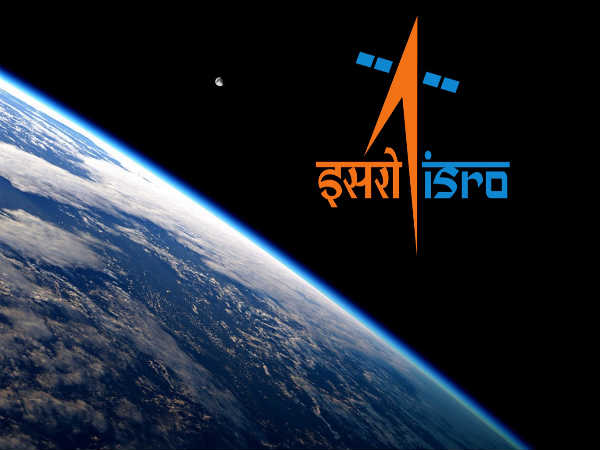India has embarked on two lunar missions in its space exploration endeavours. The first mission, Chandrayaan, was launched on October 22, 2008. This mission gained significant recognition for its groundbreaking discovery of water on the moon, leading to further important findings. The second mission, Chandrayaan-2, was launched on July 22, 2019. While the lander successfully reached the lunar orbit, unfortunately, it encountered a setback and was lost just 2.1 km above the moon’s surface. Now, with the lessons learned from past failures, India is preparing for the Chandrayaan-3 mission. The Indian Space Research Organisation (ISRO) is optimistic that this latest space mission will achieve success in its lunar exploration objectives.
Chandrayaan Series: A Historical Pride
Chandrayaan-1 (Chandrayaan is Hindi for “moon craft”) was the first lunar space probe of the ISRO and found water on the Moon. It mapped the Moon in infrared, visible, and X-ray light from lunar orbit and used reflected radiation to prospect for various elements, minerals, and ice. It operated from 2008–09. Chandrayaan-1 operations were initially planned to last two years, but the mission ended on August 28, 2009, when radio contact was lost with the spacecraft.
In 2019, India launched Chandrayaan-2, which was the ISRO’s first lunar lander mission. The spacecraft, consisting of an orbiter, a lander named Vikram, and a rover called Pragyan, took off on July 22, 2019, from Sriharikota using the Geosynchronous Satellite Launch Vehicle Mark III. The orbiter’s primary objective was to orbit the Moon in a polar path, maintaining a distance of 100 km (62 miles) for a full year. The main focus of the mission was the Vikram lander, named after ISRO’s founder, Vikram Sarabhai. Its goal was to touch down on September 7 in the southern polar region, an area suspected to contain water ice below the surface. This landing would have been the farthest south any lunar probe had reached, and India would have become the fourth country to successfully land a spacecraft on the Moon, joining the ranks of the United States, Russia, and China. The Vikram lander carried the Pragyan rover, weighing 27 kg (60 pounds), which translates to “Wisdom” in Sanskrit. Vikram and Pragyan were designed to operate for one lunar day, equivalent to 14 Earth days. Unfortunately, just moments before the scheduled landing, contact with Vikram was lost at an altitude of 2 km (1.2 miles).
The New Mission Onboard: Chandrayaan-3
India’s third mission to the moon will take off on Friday at 2:35 pm. The mission aims to achieve what its predecessor could not — land softly on the lunar surface and explore it with a rover.
With a rough estimate of Rs 615 crore as its cost, Chandrayaan 3 serves as a subsequent endeavour to Chandrayaan 2, which was launched in September 2019 but faced setbacks in achieving a successful soft landing on the moon due to issues with its onboard computer and propulsion system. Consequently, it crash-landed on the lunar surface. ISRO’s Moon Mission 3, called Chandrayaan 3, will be executed using the ‘Fat Boy’ LVM3-M4 rocket.
Based on extensive testing, they have enhanced the design of the lander, taking into account different scenarios such as potential difficulties in reaching the intended landing site, electronic or sensor failures, excessive velocity, and other contingencies.
Conclusion
Overall, although the mission’s goals remain unchanged, the scientists at the ISRO have incorporated valuable lessons from the previous mission. These improvements aim to ensure better performance and preparedness for a broader range of circumstances.
If India manages a successful soft landing, it will secure its position as the fourth country to achieve this milestone, following the United States, Russia, and China. This position has been vacant since the crash-landings of missions from Israel and India in 2019, as well as the failures of the spacecraft carrying a lander rover from Japan and a rover from UAE in 2022.













